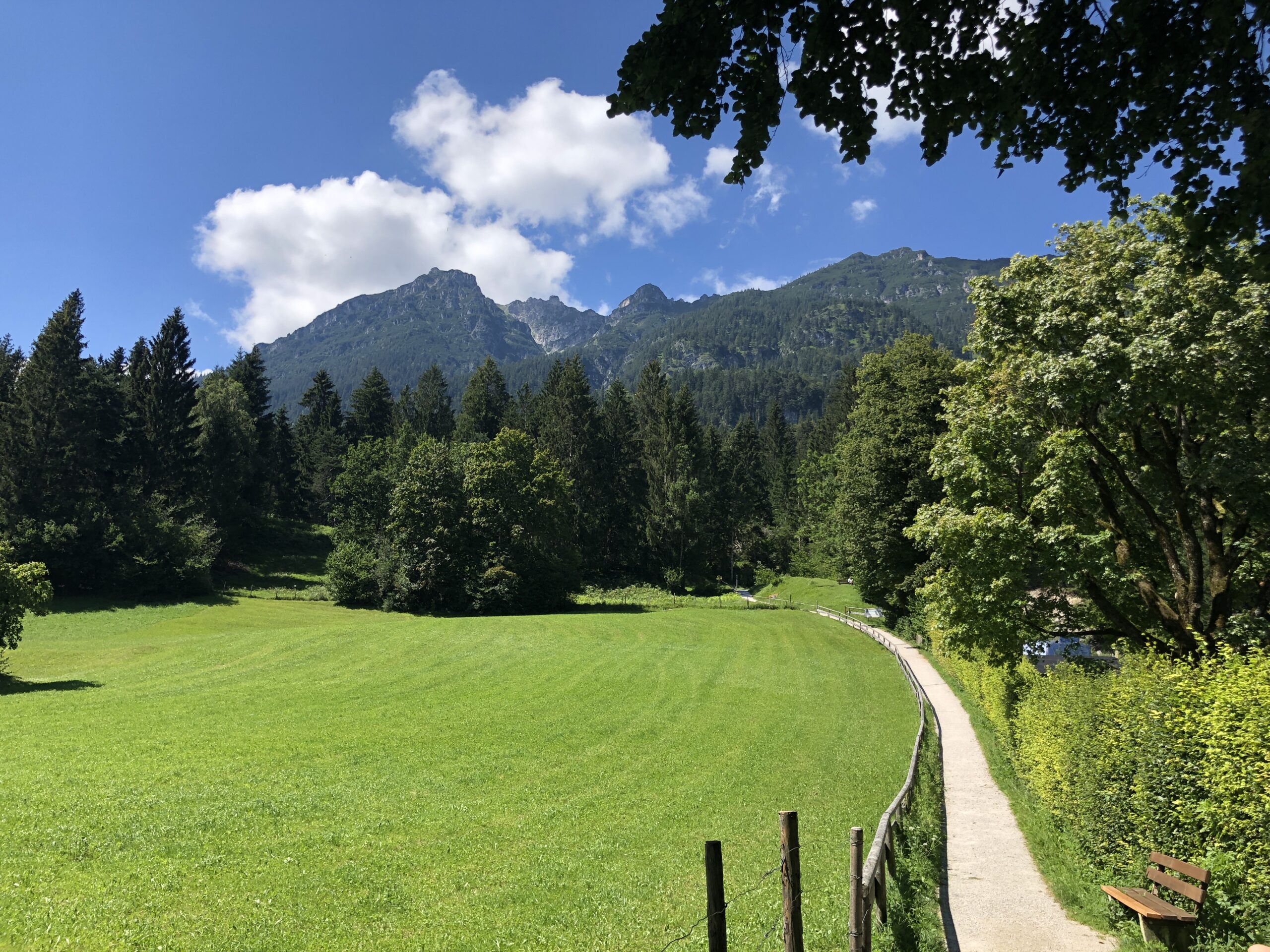In my last role, I was laid off. While it didn’t leave a visible gap on my resume—I quickly secured a contract role at Google—it did affect my confidence. Despite receiving mostly positive feedback from my manager and mentors, the experience still feels like a failure. I often wonder if there was something I could have done differently or better. In this post, I want to reflect on what actually happened, extract valuable lessons for future roles, and, most importantly, bring closure to this chapter of my career.
Facts: What did actually happen?
The Startup I worked for was in a tough financial position, and I wasn’t the only one let go. The teams had to shrink, and after a Product Design team member quit, there were only two designers left – too few for a dedicated Team Lead. As a result, the company no longer needed a Design Leader.
One of my key responsibilities as Lead Product Designer was to formalize our Product Discovery efforts. Initially, the focus of the Product Team’s research was more on internal product aspects like usability than the real customer journey and Jobs-To-Be-Done. In my first few months, I was able to shift this focus and received a lot of positive feedback from the co-founders. My research led to an MVP for an email-based ordering process, as many of our customers used automated email systems for sending out Requests for Quotes to vendors.
Where Things Went Wrong
However, after about five months, things began to change. During a team workshop, I shared my vision for the platform with one of the co-founders. While he appreciated my enthusiasm, he grounded me with a reality check: “David, this is great, but we’re in a situation where we don’t even know if we can secure the next round of funding. We need to focus on generating more revenue with the current model, not exploring new ones.” The war in Ukraine was severely impacting the German economy, driving inflation rates higher. Venture capital had dried up, and the company had to prioritize survival over innovation.
Looking back, this was the first sign that I was misaligned with the company’s immediate goals. I didn’t want to hear it at the time. My focus was on reimagining the product and its potential future, but in doing so, I lost sight of the immediate needs of the business.
If I’m honest, part of the problem was that I didn’t believe in the product itself. I found it unattractive and overly complex, which made it difficult for me to invest in improving it. Instead, I was fixated on what it could be, not what it was. My actions essentially communicated, “I don’t believe in your product; we should be doing something else.”
In the end, I was hired to identify opportunities within the current business model, but I struggled to stay engaged because I wasn’t passionate about the product as it was.
Lessons Learned
During the interview process, I was primarily drawn to the opportunity to lead a Design Team and the Product Discovery efforts with the perceived freedom that came with the role. However, I learned that it’s not just about having freedom in the role—it’s about being deeply aligned with the product, its users, and the business model.
In future roles, I need to ensure that I genuinely care about the product and stand behind its vision. This means not only being passionate about product discovery or leading a team but also being fully invested in the current state of the product, its value to users, and how it drives business success.
I’ve realized that a more established startup with a solid product-market fit may be a better environment for me, where I can focus on refining and improving a product I believe in, rather than reimagining something I struggle to connect with.




